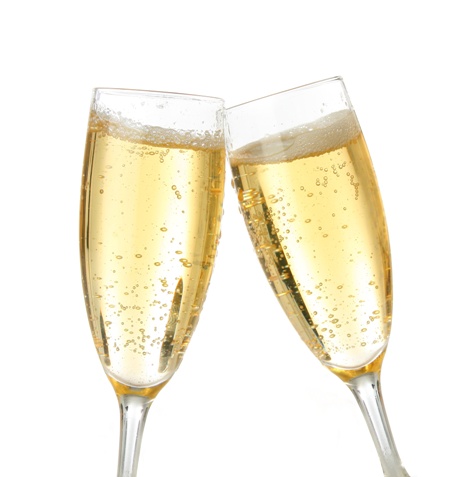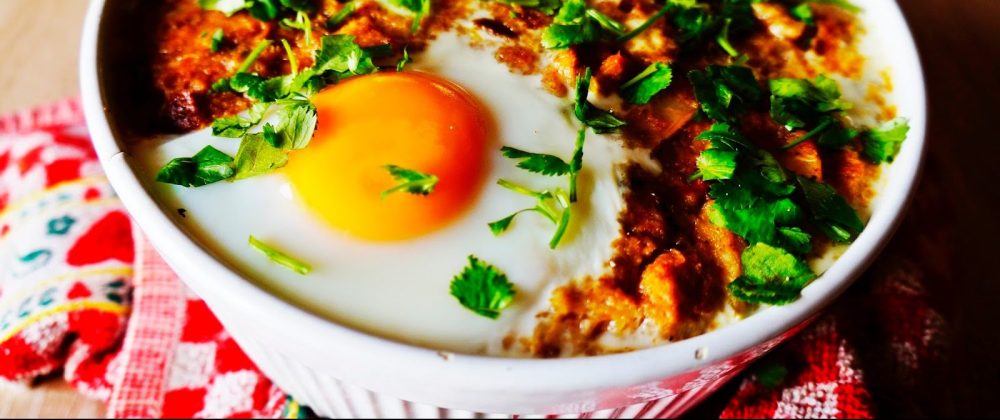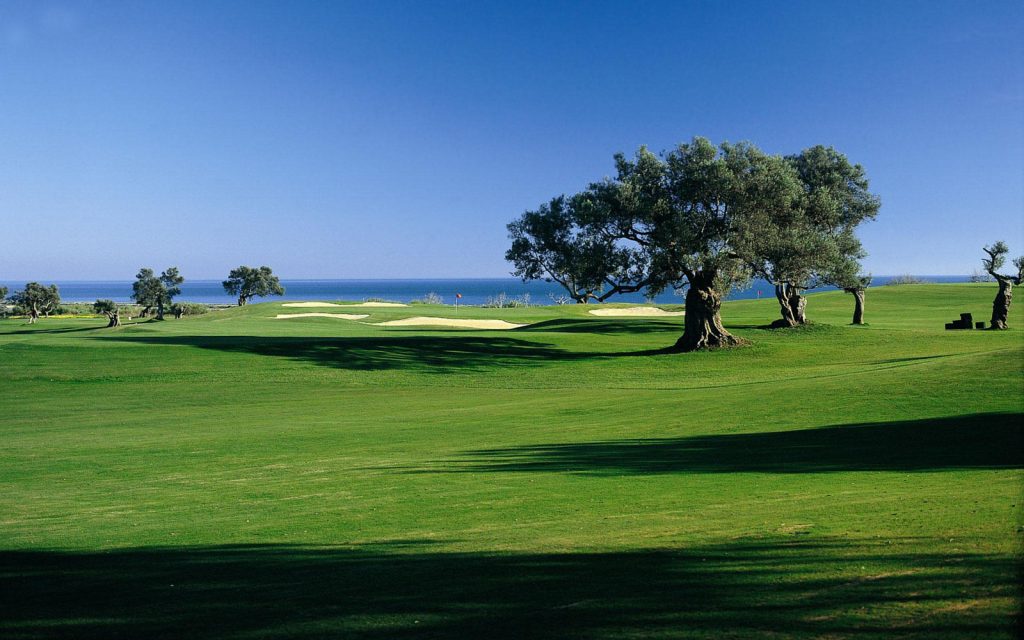Looking for Love in Cava: The vast difference between quality and value-priced Cava

Whenever I fall in love with a region while on vacation, as I did with Catalonia, I want to re-create that experience once I return home. Drinking the wines and savoring the cuisine can accomplish that. However, despite having tried many Cava wines in U. S., I often find myself gravitating towards sparkling wines from other countries. Don’t get me wrong, I want to love Cava, but in the words of country singer, Johnny Lee,“I was looking for love in all the wrong places.”
It has been perplexing to me why most of the Cava I have tasted is refreshing, but simple. Cava is produced in the same Traditional Method as Champagne that includes a second fermentation in the bottle and ageing on the lees. Yet, it doesn’t capture some of the complexity of Champagne and other sparkling wines that use this same method.
Cava is produced with grapes indigenous to Spain, with the exception of Chardonnay. These grapes; Macabeo which provides the fruit and balance, Xarel-lo adds acidity and Parellada adds aroma, each contribute their own qualities that make Cava a unique Spanish wine. Could it be that these grapes varietals are not equal to the classic Pinot Noir, Chardonnay and Pinot Meunier blends of Champagne? Value-priced Cava is more readily available in the U. S. than the more sophisticated styles, could this be the reason?
Lucky for me, I was given the opportunity a few weeks ago to find the answer to my question, “Why can’t I love Cava?” It was the Third International CAVA Investiture in New York hosted by The Cava Brotherhood (Cava Guild), a non-profit association dedicated to spreading awareness of and promoting Cava. This promotion at the New York Palace Hotel included a lively video about the history, culture and winemaking of Cava. Followed by an informative technical presentation by Antonio Palacios, PhD, detailing the process of making Cava from viticulture to release and a tasting from seven well-known producers.
Finally, I had fallen in love with Cava back at home, specifically the Reserva and Gran Reserva wines. They were sophisticated, balanced and had well-integrated flavors. I was looking for love in the wrong places, the value-aisle.
One of my favorites from the tasting was the Segura Viudas Reserva Heredad produced from the first press of Macabeo and Parellada this Cava has a creaminess on the palate with flavors of fresh baked bread, lemon, citrus, and red apple. It spends a minimum of five years ageing on the lees. Poured from a hand blown bottle with a metal coaster, this limited production Cava was originally only made for members of the Viudas family and their friends.
Gramona poured two Cavas that I thoroughly enjoyed. The Gramona Imperial Brut Reserva 2006 is produced with 80% Xarel-lo and 20% Chardonnay this wine spends three to four years on the lees. It is full bodied on the palate with aromas of toast, a hint of apple, and flavors of spice, apple and pear. The second, Gramona’s III Lustros Gran Reserva 2004 spends over five years ageing in the bottle. It is made from 70% Xarel-lo and 30% Macabeo. I particularly enjoyed the nutty aromas followed by toast, yeast and a caramelized pear quality. These same characteristics were evident on the palate.
I was pleasantly surprised by a younger non-vintage Cava, the Vilarnau Brut, produced by the Gonzalez Family, makers of Tio Pepe Sherry. This Cava has fine bubbles with fresh aromas and flavors of apples with a hint of toast. It is dry on the palate with balanced acidity. Priced at approximately $15 per bottle this cava is a great value.
Many of us associate Cava with the less expensive sparkling wines, yet this does not have to be the case.
I have realized that Cava doesn’t have to be Champagne, and can be equally as complex while staying true to its centuries-old Spanish traditions. It is worth seeking out a Reserva or Gran Reserva cava for your next sparkling wine purchase. I am pleased that I fell in love with Cava, once again.
If you want a customized tour of the various Cava wineries in the Penedes, Rioja, Basque Country or Valencia, let us know! We’re happy to create something special for you.






